Natasha EILENBERG1 and Robert L. BROWN2
1- A BRIEF SURVEY OF CHAM HISTORY
Champa, the ancient Indianized Kingdom located on the East cost of the Indochinese Peninsula, did not spread North beyond Hôanh So'n, nor was it a recipient of the Dông So'n culture. According to the reading of the Chinese texts by R. Stein (Le lin yi , Pékin 1947), a kingdom called Lin Yi was created at the end of the IInd century in the area of present-day Huê. It was apparently integrated into Champa in 605, before the reign of Vikrantavarman (653- ca 685). (Boisselier 1997 : 63). However, the name of Champa does not appears in the Chinese texts until the second part of IXth century. Champa may have been divided in Principalties, corresponding to the late Cham provinces : Amaravati, Vijaya, Kauthara and Panduranga (Boisselier 1963 a : 2). There were contacts with China (mainly tributes and embassies), with Cambodia (and with frequent raids and battles, but also dynastic alliances), and with Indonesia (expeditions from Java at the end of the VIIth), wich show stylistic borrowings from the IX century. In 1000, after constant pressure from the Dai Viêt of the Lê dynasty, Indrapura, the old capital of the northern kingdom was moved further south to Vijaya. The XIth century was marked by constant attacks from the Dai Viêt armies and armadas. In 1177 King Jaya Indravarman IV captured Angkor. Shortly thereafter, Jayavarman VII, the new king of Cambodia, pursued the Chams, and conquered Vijaya in 1190. Champa remained a Cambodian province until 1220. This was the beginning of the long decline of Champa. In spite of unsuccessful and short-lived attempts to survive, in the course of the XIIIth and XIVth centuries, the country was weakened by endless skirmishes, and had also lost direct contact with India's culture and values. The sinicized Dai Viêt finally captured Vijaya in 1445. The final blow came in 1471, when the vietnamese King Lê Thành Tông attacked, took and razed Vijaya. This essentially ended the history of Indianized Champa.
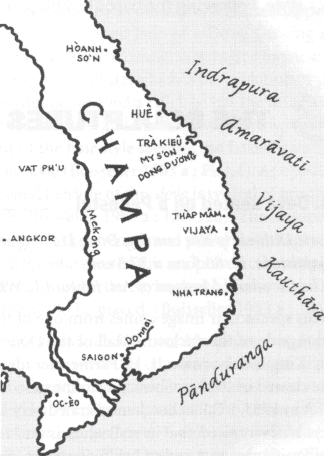 Ancient Champa
Ancient Champa
2- THE ART STYLES
Cham art was born from the process of the Indianization of Southeast Asia, but it does not display some of the exuberant postures so dear to ndian art, nor the static frontality of their Indianized neighbors, the Khmers. It has an identity of its own, and while some early pieces do tend to be frontal, considerable movement and motion are also depicted. Cham sculpture does not follow a progressive development, but makes abrupt changes and occasionally returns to earlier style. Also noteworthy is the preference for bas-reliefs and high reliefs as against full round sculpture. The first artistic manifestation appeared at My So'n, a large area that played a considerable role in the religious life of the Chams, and gave its name to different chronological styles. The first one, named after the E 1 shrine, spans from the 2nd half of the VIIth century through the VIIIth. It shows great originality, and reflects Dvâravatî, Indian, Indonesian and preangkorian relationships. In 875 a new dynasty was founded by King Indravarman II, to whom we owe the Buddhist Mahâyânist Dông Du'o'ng temple. It gave its name to a distinct, powerful and unmistakable style that lasted until the early Xth century. Sadly, this temple was destroyed in the Vietnam war. Early in the Xth century the emerging transitional Khu'o'ng My style, heralding the My S'on A 1 style, gave rise to the classical « Golden Age ». The originality of Dông Du'o'ng was then replaced by an Indian renaissance, and Javanese influences. It is marked by astonishing beauty and grace, harmonious dance poses, and a remarkable rendition of animal life. Pedestals displaying a row of women's breasts, a feature unknown anywhere else, and still unexplained by art historians, made its first appearance in this style. The My So'n A 1 temple was also mostly destroyed in the late'60s. After the year 1000, when the capital was moved to Vijaya, the art became more technical, and less creative. From the end of the Xth to the XIIth century, the Chành Lô transitional style was marked by a return to heavier features and stylistic simplification. The Thu Thiên group, which precedes the Thap Mâm style (Boisselier 1963 a : 304) is a part of the Chàn Lô style. Following the baroque and prolific Thap Mâm style which depicted extravagantly decorated human, animal and mythological beings until the end of the XIVth century, the small homogeneous Yang Mum style in which the legs tend to merge with the socle, continued until the abandonment of Vijaya in 1471. It was the swan song of Cham Indianized art.
3 - THE SCULPTURES
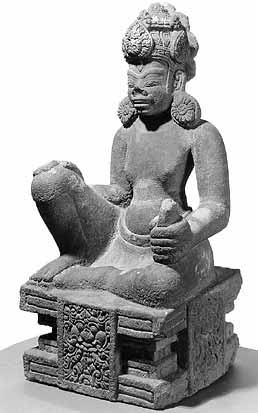
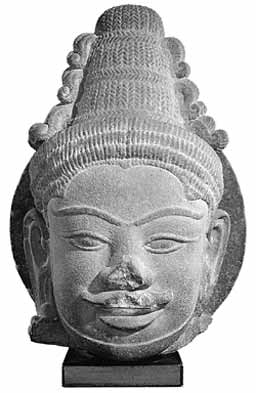
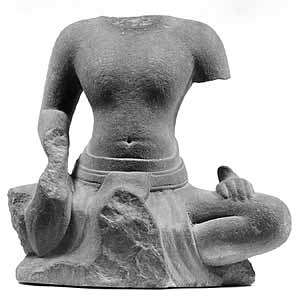
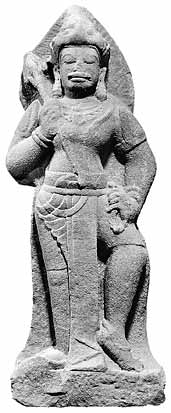
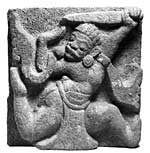
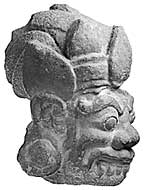
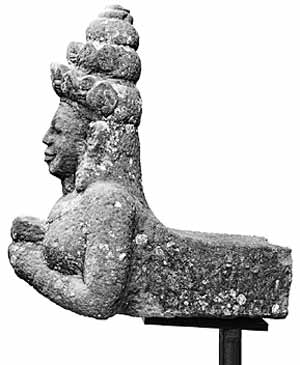
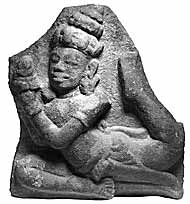
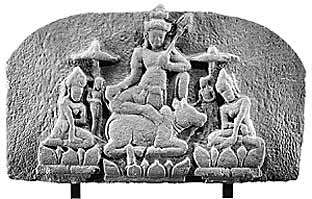
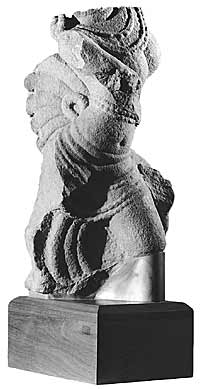
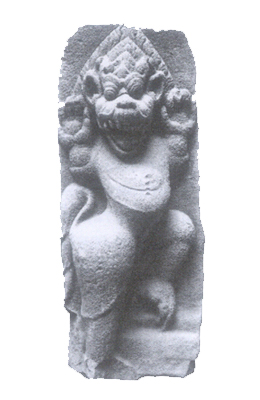
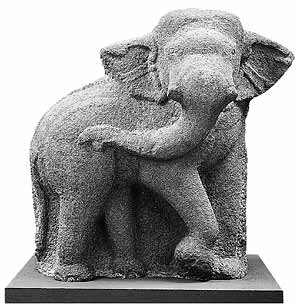
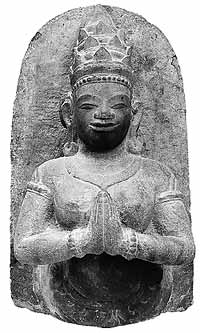
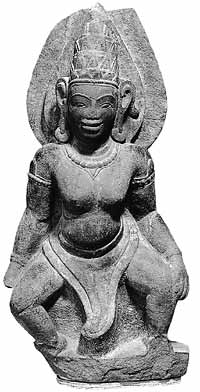
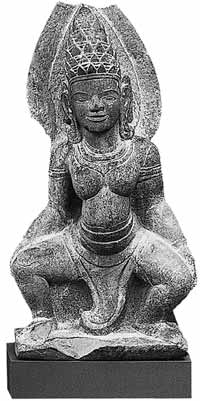
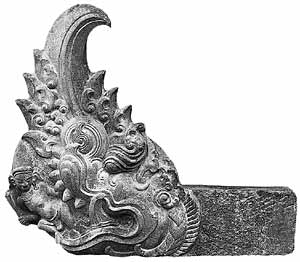
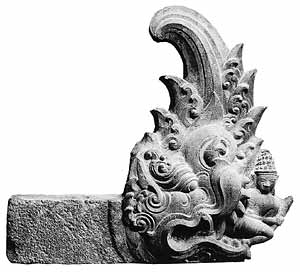
BIBLIOGRAPHY
Boisselier, Jean
1956 «Arts du Champa et du Cambodge Préangkorien, la date de My So'n E I », Artibus Asiae, XIX, I, Ascona, 1956 : 197-212.
1962 Artibus Asiae, XXV, Ascona, 1962 : 84-87.
1963 a - « La statuaire du Champa, recherche sur les cultes et l'iconographie. EFEO, LIV, Paris, 1963.
1963 b - « Les sculptures de Dông Du'o'ng du Musée Rietberg de Zurich », Artibus Asiae, XXVI, 2, Ascona, 1963: 132-150.
1988 Cham Sculpture Album. Social Sciences Publications, Hanoi 1988.
1997 «L'art du Campa », Le Musée de Sculpture de D à Nang », Éd. de l'A FAO, Paris, 1997.
1 Independant Scholar in Southeast Asian Art.
2 Ph. D., Professor of Indian and Southeast Asian Art at U.CL.A., California.
Article of "La Lettre de la SACHA" n°6, décember 1999, pages 3 à 11.


 James H.W. Thompson Foundation, Bangkok, Thailand.
James H.W. Thompson Foundation, Bangkok, Thailand.